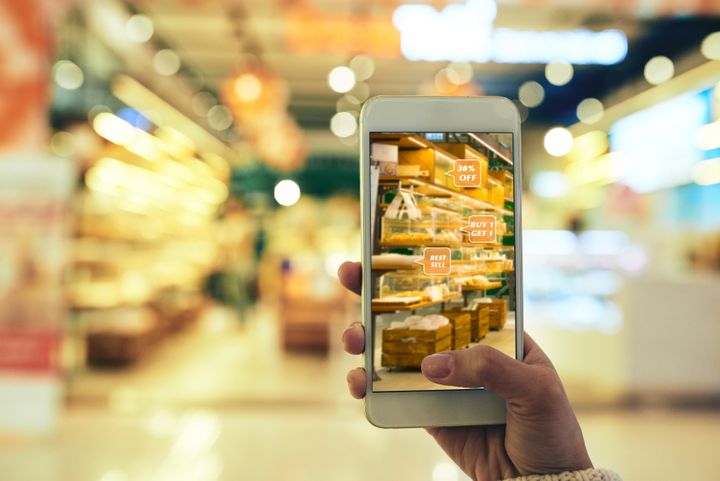
Augmented and virtual reality (AR and VR) haven’t been the stuff of pipe dreams for a while now. That said, even a few years ago, trying VR meant high-powered computer setups and bulky, multi-wired headsets that seemingly didn’t fit anyone comfortably.
Now devices from Samsung and Google mean that a decent smartphone can be a VR platform in its own right, and Apple’s AR push means most iPhone users have augmented reality experiences a few taps away at any moment.
As this technology, and the capacity for AR and VR engagement, edges closer to ubiquity, the opportunities for familiar activities and pastimes to be refreshed by innovative implementation of this tech are huge.
Live music gigs and tours are already pushing technical limitations in a drive to deliver greater value and increase revenue. The ability to offer a fully-rounded VR experience, live, for fans who aren’t able to attend the gig, presents an entirely fresh opportunity for artists, fans and venues. As well as the potentially significant boost to event revenue and artist exposure, it also presents a revolutionary change for fans who might not be able to travel to see an artist for accessibility or economic reasons.
A similar opening is already being explored by sports broadcasters. BT broadcast a number of high-profile football games in VR last season, and the BBC took this idea and ran with it for this summer’s World Cup in Russia. All their games were available to view through VR, with a simulated environment around viewers. Again, fans from around the world are increasingly able not just to view events, but to actually experience the feeling of being there.
Though arguably less emotionally resonant, an interesting fusion of these ideas is exemplified by American theme park Six Flags. One of their newest rides is a traditional sudden-drop tower that has been augmented by VR goggles for riders. Instead of the normal park surroundings, visitors will be flown around Superman’s home city of Metropolis with him, with faster and higher drops than are actually possible for the physical ride.
The ride is pushing the boundaries of what a theme park can deliver, but carries risks with it, more so than the other ideas mentioned. AR and VR can both naturally cause some discombobulation in users, ranging from headaches to dizziness and loss of balance. While users are firmly strapped into a park ride they might be in little seeming danger of tripping over themselves, but the potential for distress over and above a normal ride is manifest, and it’s important that this is communicated clearly to them before they get on.
Similarly, developers and event designers exploring AR and VR opportunities must proceed with caution, especially as the regulatory framework in this space is still very much in its infancy. For every concertgoer who is able to virtually attend for the first time ever, there could be another who is at risk of epilepsy or offended by the warm-up’s rude lyrics. Then there will be attendees who may feel short-changed if someone’s getting a similar experience but cheaper, from the comfort of their home.
It’s important that developers consider their potential exposure and liability should the worst happen, to be ready to respond in the right way. Legal wrangling has tanked many businesses, regardless of the quality of their USP, and so it shouldn’t be an afterthought.
With the strides being taken by big companies in this area, there will almost inevitably be hiccups where technical mistakes lead to injuries or stress. However, if cautious and conscientious planning - legal and practical - is rightly prioritised, AR and VR clearly have the potential to change lives, and the world.
